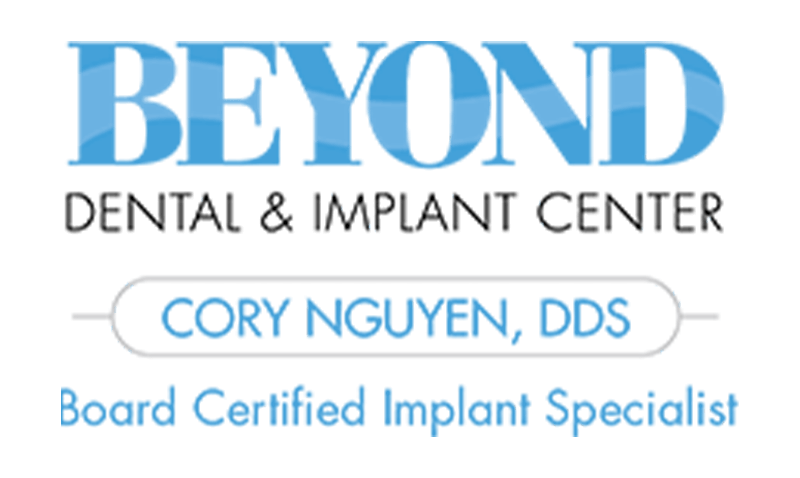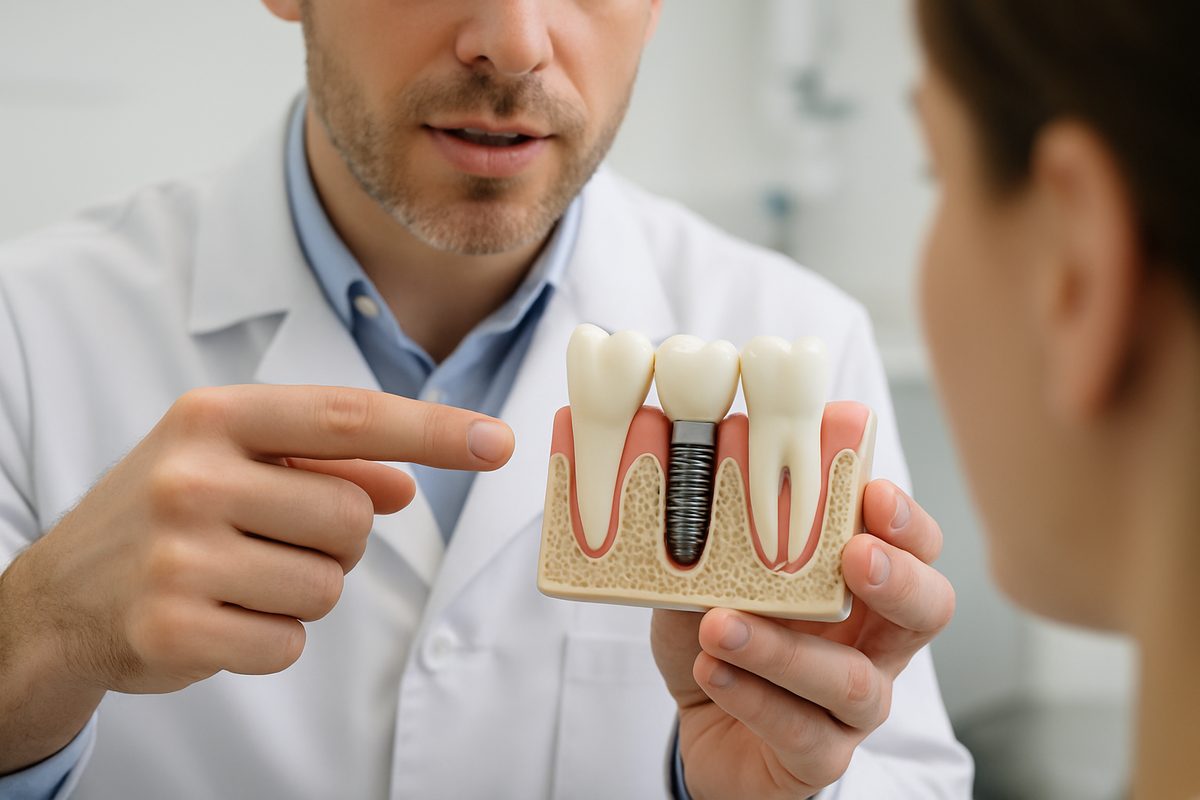Replacing a back tooth affects chewing, speech, and long-term mouth health. This post explains molar implants and covers benefits, the treatment process, risks, costs, and next steps in simple terms.
What Are Molar Implants?
A molar implant is a titanium post placed into the jaw to replace a missing back tooth and hold a crown. Molar implants in Dallas, TX are larger and built to handle chewing forces compared with front-tooth implants; they may require deeper placement and wider implants because molars take more bite pressure.
Why Replace Molars With Implants?
Replacing molars preserves the jawbone where teeth once stimulated bone, preventing bone loss and shifting of nearby teeth. Functionally, molar implants in Dallas, TX restore chewing strength so you can eat comfortably. Compared with removable dentures, implants offer better stability, comfort, and long-term health for adjacent teeth.
Who Is a Good Candidate for Molar Implants?
Bone volume and gum health
Good candidates need enough healthy bone and healthy gums. If bone is thin or low near the sinuses, a bone graft or sinus lift may be needed before placing molar implants in Dallas, TX.
Medical and lifestyle factors
Smoking, uncontrolled diabetes, certain medications, and poor oral hygiene can reduce success. A dental team will review your health to decide if implants are safe for you.
When implants are better than bridges or partials
Implants avoid cutting down healthy adjacent teeth as bridges do. For long-term preservation of nearby teeth and bite function, molar implants are often the preferred option.
Step-by-Step: The Molar Implant Process
Consultation and 3D imaging
The team takes a dental history, exam, and 3D scans to map nerves and sinuses and plan implant position for molar implants in Dallas, TX.
Bone graft or sinus lift (if needed)
Grafts add volume when bone is insufficient. A sinus lift raises the sinus floor for upper molar sites so an implant can be secure.
Implant placement surgery
Surgery is typically done with local anesthesia and sedation if desired. The post is placed in the jaw; patients go home the same day with aftercare instructions.
Healing and final crown
Osseointegration — the bone fusing to the implant — takes a few months. After healing, a custom crown is attached to restore chewing and appearance.
Recovery, Care, and How Long Molar Implants Last
Expect mild swelling and soreness for a few days. Pain control and soft foods help early healing. With good oral hygiene and regular checkups, molar implants can last many years or decades.
Risks and How Specialists Minimize Them
Risks include infection, sinus or nerve injury, and implant failure. Careful planning, 3D imaging, and specialist training reduce these risks and improve predictable outcomes.
Cost, Insurance, and Financing Options
A single molar implant in Dallas, TX typically costs more than a bridge or partial up front, but implants often last longer. Insurance may cover part of the crown or restoration, not the whole implant; many practices offer financing to spread payments.
Alternatives to Molar Implants
Fixed bridges and removable partial dentures are less invasive initially and may cost less, but they can affect adjacent teeth and bone. Discuss long-term tradeoffs with your dentist.
Why Beyond Dental & Implant Center for Molar Implants
Beyond Dental & Implant Center offers specialized implant care led by Dr. Cory Nguyen, a board-certified implant specialist with advanced training. The practice uses digital planning, 3D imaging, and advanced options like zygomatic and pterygoid implants for severe bone loss, focusing on comfort and predictable results.
Next Steps: Schedule a Consultation
Book a consultation to get a personalized plan and 3D evaluation for molar implants in Dallas, TX. A tailored exam will outline whether implants are right for you and the estimated timeline and cost.






